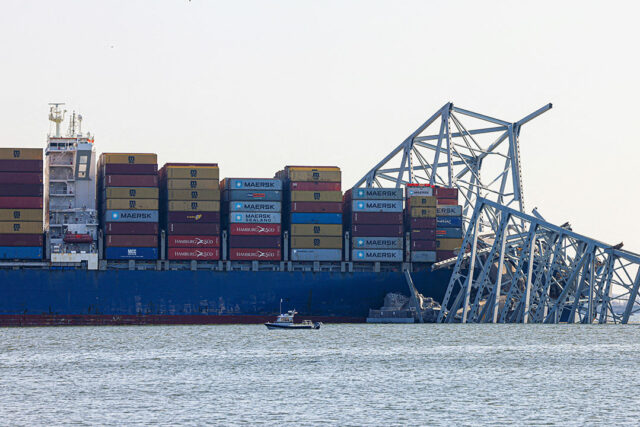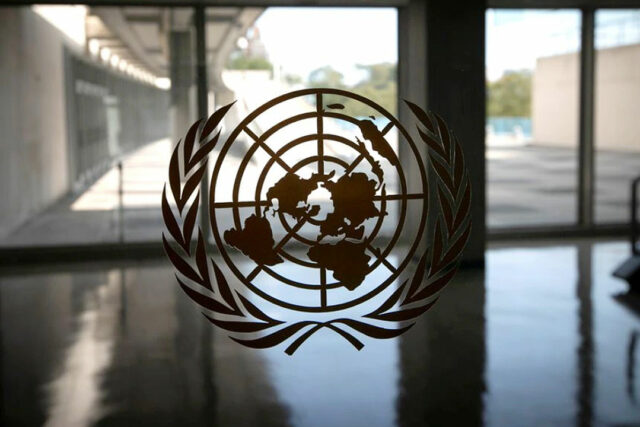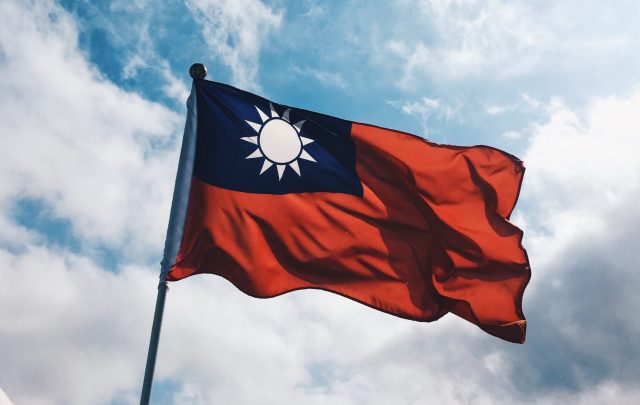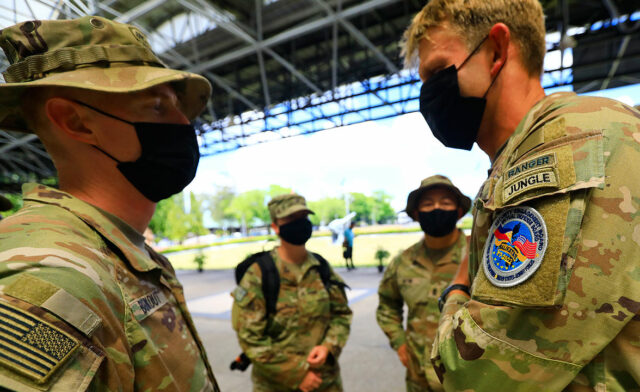US sues Singaporean owner of cargo ship that wrecked Baltimore bridge
WASHINGTON — The US Justice department on Wednesday filed a civil claim seeking $103 million from the two Singaporean companies that owned and operated the container ship that in March toppled the Francis Scott Key Bridge in Baltimore, killing six people and paralyzing a major transportation artery for the US Northeast.
The department is seeking to recover from Grace Ocean Private Limited and Synergy Marine Private Limited the money the U.S. government spent in responding to the disaster and for clearing the wreck of the Dali ship and bridge debris from the Port of Baltimore so the waterway could reopen in June.
“This was an entirely avoidable catastrophe, resulting from a series of eminently foreseeable errors made by the owner and operator of the Dali,” Brian Boynton, who heads the Justice department’s Civil Division, said in a statement.
The department also is seeking an unspecified sum in punitive damages, accusing the two companies of negligence.
The US National Transportation Safety Board said in May that the Dali lost electrical power several times before it crashed into the bridge in the Patapsco River in the early morning of March 26. The FBI in April opened a criminal investigation probe into the disaster.
“By court order, all persons alleging claims against the owner and manager of the Dali must file their claim on or before September 24th. Accordingly, the filing of (Wednesday’s) claim was anticipated. The owner and manager will have no further comment on the merits of any claim at this time, but we do look forward to our day in court to set the record straight,” according to a statement provided on behalf of the companies.
The Justice department’s lawsuit was brought as part of a legal action initiated by Grace Ocean and Synergy to limit their liability for the crash to $44 million, a sum department officials called “woefully inadequate.”
Brawner Builders, the construction company that employed all six workers who died in the collapse while working on the bridge and one who was injured, also filed a civil claim against Grace Ocean and Synergy on Wednesday.
The lawsuit seeks an unspecified sum in damages for the deaths of its workers and loss of construction vehicles and equipment on the bridge.
The ship slammed into a support pylon, sending the bridge plunging into the river.
Justice department official Benjamin Mizer told reporters that the ship’s owner and operator were aware of longstanding issues with the Dali’s electrical and mechanical systems and failed to correct them “out of negligence, mismanagement, and, at times, a desire to cut costs.”
“As a result, when the Dali lost power, a cascading set of failures led to disaster,” Mr. Mizer said.
The reopening required the removal of 50,000 tons of debris. More than 1,500 individual responders, along with 500 specialists from around the world, operated a fleet of boats during the operation, which involved 56 federal, state, and local agencies.
The state of Maryland estimates that it will cost $1.7 billion to $1.9 billion to rebuild the bridge and anticipates completion by fall 2028. — Reuters




 In his speech, Sam expressed his gratitude for the support and inspiration he receives from the people around him. “Because of you, I get up and work harder,” he said, acknowledging the motivation that drives him to continue his mission.
In his speech, Sam expressed his gratitude for the support and inspiration he receives from the people around him. “Because of you, I get up and work harder,” he said, acknowledging the motivation that drives him to continue his mission. He encouraged everyone to pursue their dreams and seize the opportunities before them.
He encouraged everyone to pursue their dreams and seize the opportunities before them.








